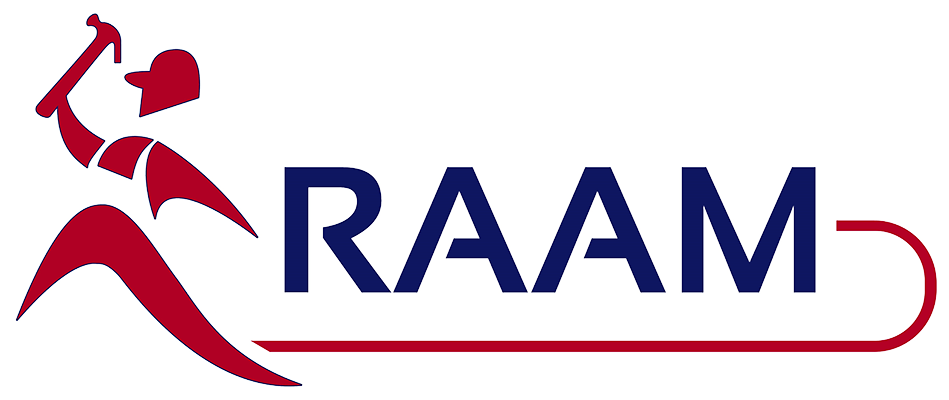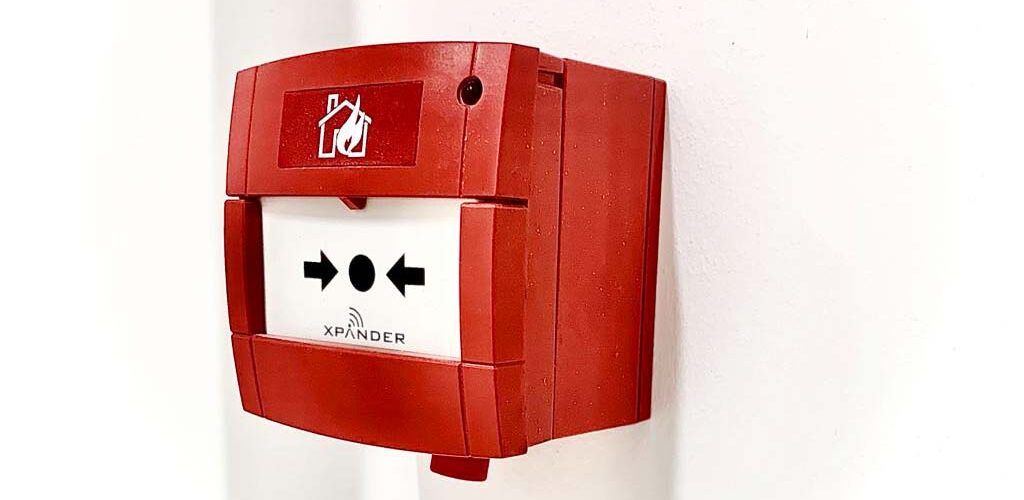Active Fire Protection services are a group of systems that work together to stop a fire in the event of ignition. It requires actionable techniques which can be both automatic and manual. The purpose of Active Fire Protection is to actively fight the fire head on. This may be to extinguish the fire, control the fire, or provide exposure protection.
Systems and services include:
- Smoke/fire alarms
- Water sprinkler
- Spray systems
- Foam pourers
- Fire extinguishers
- Leak / gas detection
- Secondary containment
- Emergency response
More on Active Fire Protection
Active Fire protection takes action in order to put out a fire.
Active Fire Protection is a group of systems that requires some action/motion in order to work efficiently in the event of a fire. Actions can be manual or automatic, but either way they require action.
Systems include:
- Isolation
- Leak / gas detection
- Secondary containment
- Emergency response / spill control
Examples
Different categories:
- Detection
- Suppression
- Ventilation
- Water sprinkler
- Spray systems
- Both above to prevent spread/slow growth of fire
- Foam pourers
- Fixed water monitors
- Inert gases/halogen based gases
- Chemical powders
- Smoke/fire alarms
- Used to detect whether there is fire and/or smoke in a building
- Fire extinguishers
- Actual Firefighters
- Both of the above will help put out the fire altogether
Duty of fire protection systems:
- Extinguish
- Control
- Provide exposure protection to prevent domino effects.
Choice of Active Protection
The selection of media will depend on the required duty. This may be to extinguish the fire, control the fire, or provide exposure protection. There are different benefits and drawbacks of each media and it depends solely on the circumstances, of which we provide our professional judgement to ensure the most effective and efficient method is chosen.
For example:
- Water is not recommended as an extinguishing media for low flash point liquids, but it is used widely throughout industry for fire control and exposure protection.
- Foam is a more effective extinguishing media for low flash point substances and is widely used against liquid fires.
- There are many types, but the most widely used is protein foam.
- Alcohol resistant foam is used for application on polar solvents where the foam stability is affected.
- Other more specialist foams have been developed to give improved extinguishing properties such as fluoro-protein and aqueous film forming foams.
- Foam can be delivered as low, medium or high expansion depending on the required duty.
- Other agents such as inert gases, chemical powders and halogen based gases (Halons) can be delivered by active fire protection systems, but these tend to be installed where process equipment is contained within an enclosure such as a gas turbine enclosure. A common use for these systems is in the protection of switch rooms and control panels. There has been movement away from the use of Halons over recent years due to their potential effect upon the ozone layer and other undesirable environmental effects.

